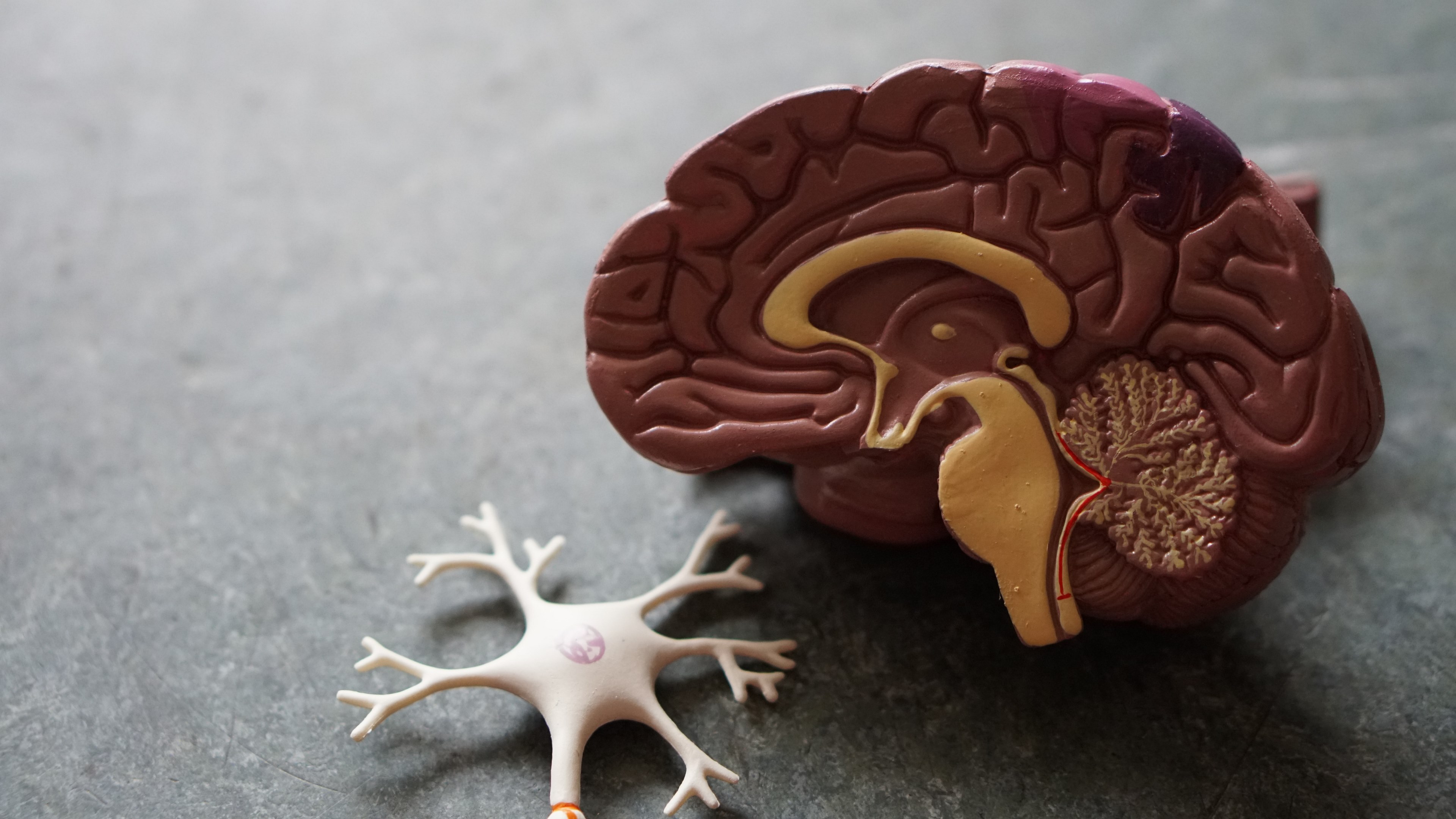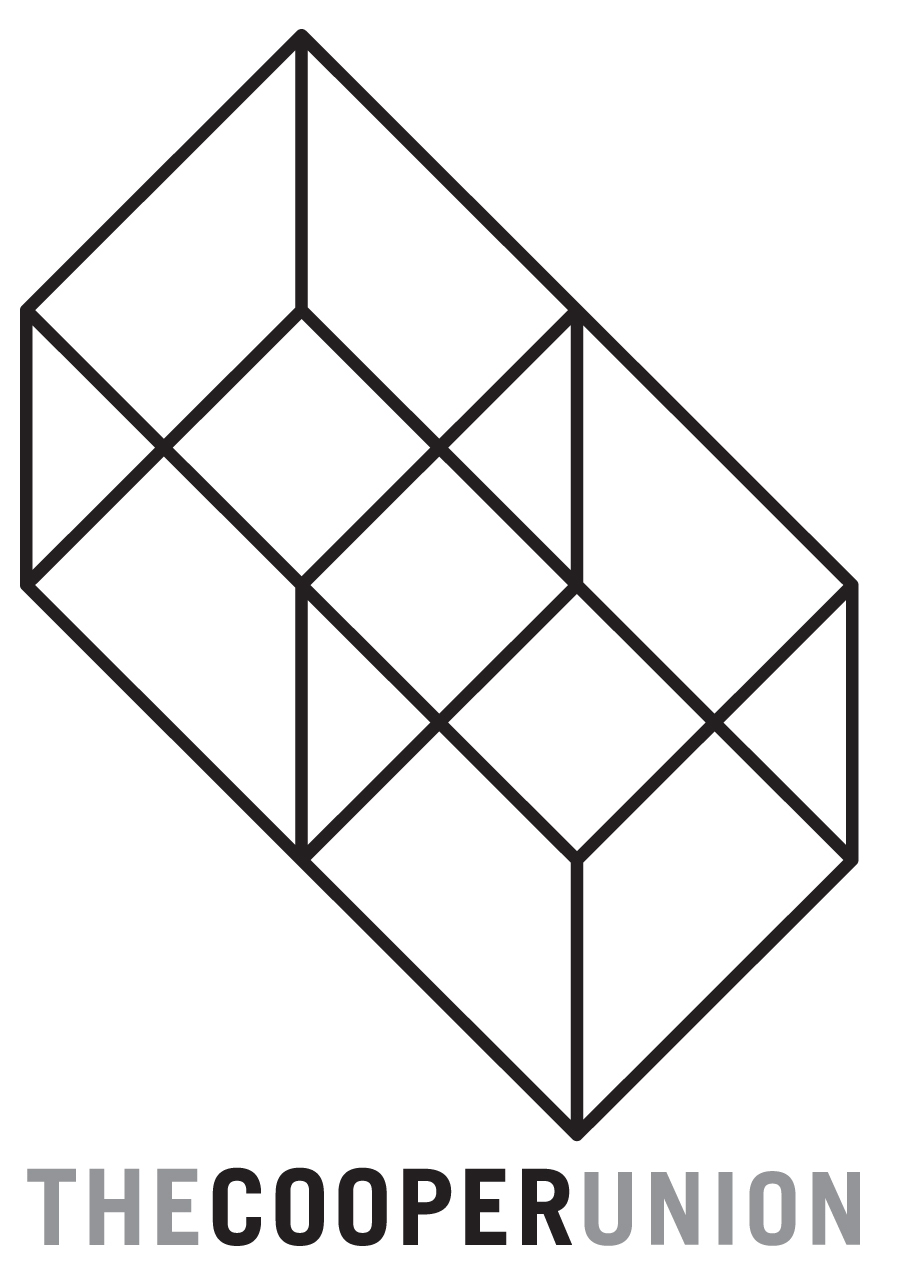[Interdisciplinary] [Civil Engineering] [Chemical Engineering] [Electrical Engineering] [Mechanical Engineering]
2023 CAPSTONE PROJECTS
[Interdisciplinary] [Civil Engineering] [Chemical Engineering] [Electrical Engineering] [Mechanical Engineering]
MECHANICAL ENGINEERING CAPSTONE PROJECT ARCHIVES
[2022] [2021] [2020]
2021 CAPSTONE PROJECTS
NINS: NON-INVASIVE
INTRANASAL NEUROMODULATION
SYSTEM
Jared Lam
Jacques Mosseri
Hyomin Seo
Ruben Solano
Brian DeHority
ADVISED BY PROFESSORS ERIC LIMA, CARL SABLE, AND ALEXIS BRUHAT (MOUNT SINAI)
INTRANASAL NEUROMODULATION
SYSTEM
Jared Lam
Jacques Mosseri
Hyomin Seo
Ruben Solano
Brian DeHority
Acute ischemic stroke (AIS) is a devastating disease that permanently affects millions of people each year. The typical treatments for AIS are mechanical thrombectomy and intravenous tissue plasminogen activator (IVtPA), but the window of efficacy for such treatments is very short. Given how rapidly AIS affects brain tissue, most patients are left with no viable treatment option. Stimulation of a facial nerve behind the nose, called the sphenopalatine ganglion (SPG), is proven to increase collateral blood flow in the brain. We are prototyping a novel, non-invasive medical device to stimulate the SPG as a strategy to extend the window of efficacy for AIS treatments. We are building and testing a proof-of-concept model inserting a catheter through the nasal cavity, locking it into place via inflatable balloons, and electrically stimulating the SPG with an electrode.
LINK TO CONTENT

VOOV SHOES: A STEP TOWARDS SUSTAINABILITY
Enea Dushaj
Chris Mignano
Yuval Philipson
ADVISED BY PROFESSORS ERIC LIMA AND DIRK LUCHTENBURG
The production of a single pair of running shoes is estimated to release 30 pounds of carbon into the environment. With 23 billion pairs of shoes made and sold globally each year, and 300 million pairs of shoes thrown away in the US alone, the shoe industry is responsible for 2% of all carbon emissions. Climate change is the largest issue facing humanity today, and to meet global climate targets, the shoe industry desperately needs an inexpensive, sustainable solution.
VOOV footwear strives to create the world’s most sustainable shoes, employing a unique attachment mechanism that allows users to swap uppers and soles at will. Our patent-pending technology stands to reduce global carbon emissions from footwear products by up to 33%. By changing the way they interact with their shoes, VOOVers can save money and express their individuality, all while preserving the planet.
HEAD-RELATED TRANSFER FUNCTIONS:
LOCALIZABLE AUDO FOR VIRTUAL REALITY
Evan Bubniak
Daniel Pak
Miho Takeuchi
ADVISED BY PROFESSOR MARTIN LAWLESS
Correctly locating sounds is crucial when creating an immersive audio environment for virtual reality. Synthesizing sounds for headphone playback requires transforming them through filters called head-related transfer functions (HRTFs), containing information about the sound’s location and the user’s anthropometric features. Obtaining an HRTF profile, consisting of HRTFs measured at hundreds of locations arranged spherically around the listener, requires an extensive experimental setup. The goal of this project is to extrapolate an HRTF profile from a sparse amount of HRTF measurements. An artificial neural network, trained on the HUTUBS database containing HRTFs measured at 440 locations for 93 subjects, accepts a small number of HRTFs measured from predetermined locations, selected through grid search optimization, to predict the full profile. Based on these locations, an experimental setup, consisting of full-range speakers on custom-made speaker stands and in-ear binaural microphones, was constructed to collect a few HRTFs from participants. The participants’ HRTF profile is then extrapolated for audio localization in virtual reality.
LINK TO CONTENT

STOPPING THE SPREAD:
HVAC CONTROLS
FOR MITIGATING COVID-19
Amal Bukhari
Louis Lane
Lutor Mei
Jaywon Woo
ADVISED BY PROFESSORS MELODY BAGLIONE, PHILIP YECKO, AND SCOTT N. BONDI
As members of the Cooper community, making 41 Cooper Square safer in response to the pandemic is of primary importance to us. Measures of increasing safety such as enforcing mask wearing, social distancing and regular testing have already been implemented by the Cooper Union. Our project focuses on using building controls to improve indoor air quality as an extra precaution against COVID-19 spreading via respiratory aerosols at 41 Cooper Square.
The building control methods this project focuses on are increased outdoor air ventilation, air filtration and relative humidity control. Reference materials for the Cooper Union facilities team to use in identifying and implementing these changes via adjustments to the 41 Cooper Square HVAC system will be produced. Experimental methods and computational fluid dynamics will be employed to illustrate how significant these adjustments are in improving indoor air quality.
LINK TO CONTENT
The building control methods this project focuses on are increased outdoor air ventilation, air filtration and relative humidity control. Reference materials for the Cooper Union facilities team to use in identifying and implementing these changes via adjustments to the 41 Cooper Square HVAC system will be produced. Experimental methods and computational fluid dynamics will be employed to illustrate how significant these adjustments are in improving indoor air quality.
LINK TO CONTENT

LIGHTWEIGHT MARS ASCENT VEHICLE
Alex Seligson
Harris Paspuleti
Andrew Huh
Hannah Quirk
ADVISED BY PROFESSOR SVEN HAVERKAMP
As members of the Cooper community, making 41 Cooper Square safer in response to the pandemic is of primary importance to us. Measures of increasing safety such as enforcing mask wearing, social distancing and regular testing have already been implemented by the Cooper Union. Our project focuses on using building controls to improve indoor air quality as an extra precaution against COVID-19 spreading via respiratory aerosols at 41 Cooper Square.
The building control methods this project focuses on are increased outdoor air ventilation, air filtration and relative humidity control. Reference materials for the Cooper Union facilities team to use in identifying and implementing these changes via adjustments to the 41 Cooper Square HVAC system will be produced. Experimental methods and computational fluid dynamics will be employed to illustrate how significant these adjustments are in improving indoor air quality.
LINK TO CONTENT
The building control methods this project focuses on are increased outdoor air ventilation, air filtration and relative humidity control. Reference materials for the Cooper Union facilities team to use in identifying and implementing these changes via adjustments to the 41 Cooper Square HVAC system will be produced. Experimental methods and computational fluid dynamics will be employed to illustrate how significant these adjustments are in improving indoor air quality.
LINK TO CONTENT

